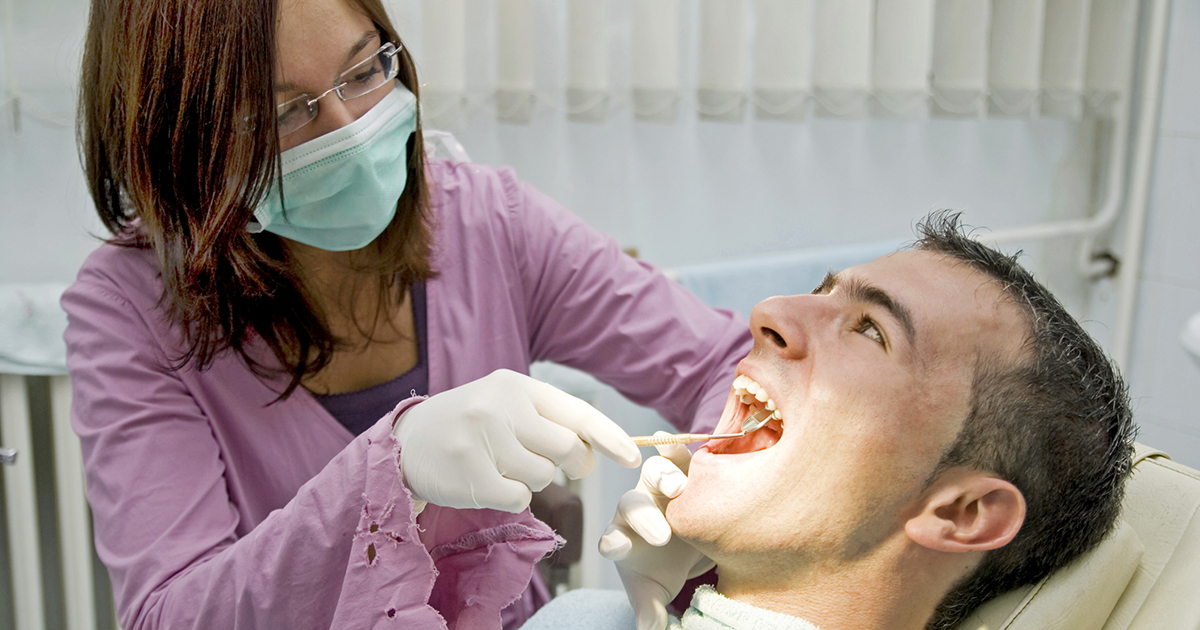How To Treat A Salivary Gland Stone
Sialendoscopy

One new method more dentists have been starting to use to treat salivary gland stones is sialendoscopy. This treatment uses microscopic lighted scopes inserted into the salivary gland. These scopes allow the dentist to locate the stone. Once they've found it, they then use equally tiny microscopic instruments to physically remove the stone from the salivary gland. This treatment uses light or local general anesthesia, so patients don't feel any discomfort during the procedure. Patients are also able to leave the same day. This procedure is an excellent option for individuals whose salivary gland stones are too large to pass naturally or be massaged out of the gland. Since salivary gland stones can become quite painful, especially when individuals are trying to eat, this treatment could be the best option for providing relief. Although the microscope is usually small enough to pass through the duct unobstructed, in some cases, the duct opening may be too tiny. In this instance, a small incision may be made to allow the scope to pass through.
Learn more details on how to treat a salivary gland stone now.
Surgical Removal Of The Gland

If salivary gland stones keep recurring, one of the treatments doctors will consider is the surgical removal of one of the salivary glands. This prevents the recurrence of the stones since it removes the most common location for them to form. One of the salivary glands often considered for removal is the gland around the inner ear, which is known as the parotid gland. General anesthesia is used to put patients into a comfortable sleep. A cut is then made at the front of the ear and extended either down the neck or around the back of the ear. The gland is then removed and a tube is put into place to help drain blood that collects in the area. The tube will be removed the next day. Patients are also given stitches, which will have to be removed a week later.
Another salivary gland that can be removed is the sublingual gland. Patients are once again given general anesthesia and an incision is made beneath the tongue and near the inside of the lower teeth. The gland is removed and patients are given dissolvable stitches. The last salivary gland that can be removed is the submandibular gland. This procedure is similar to the others except the neck receives an incision.
Discover additional ways to treat a salivary gland stone.
